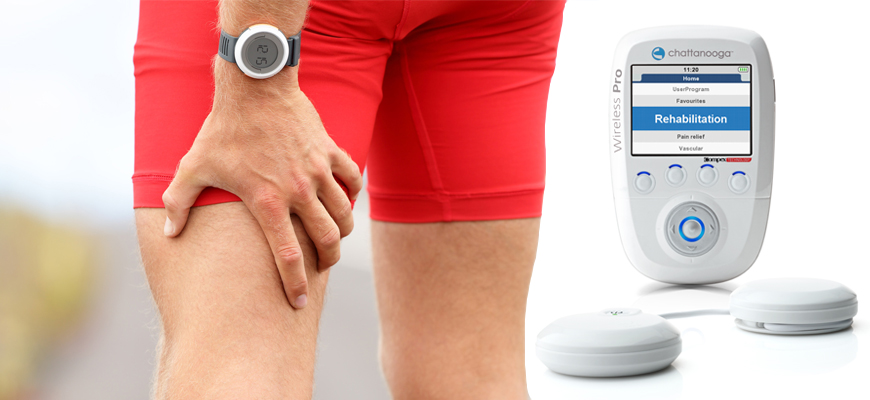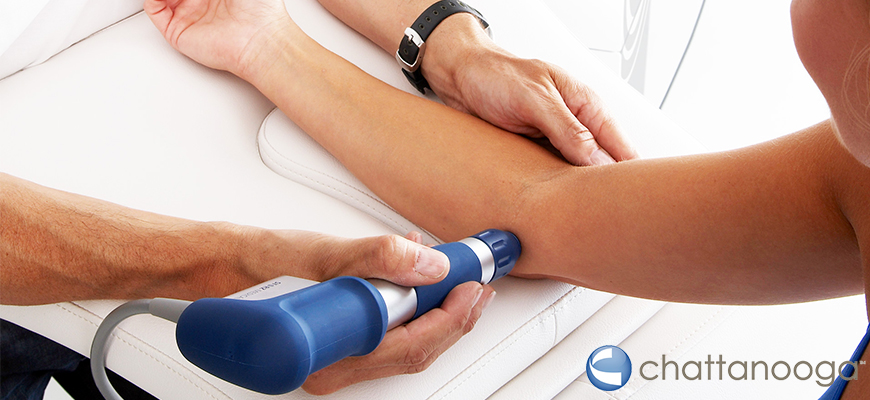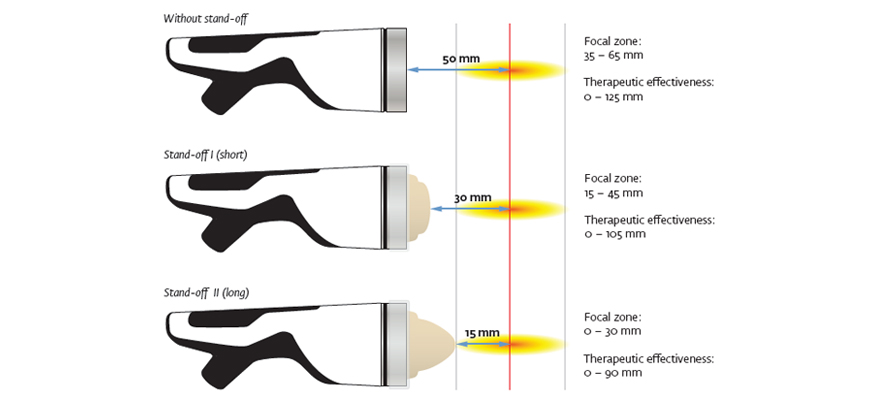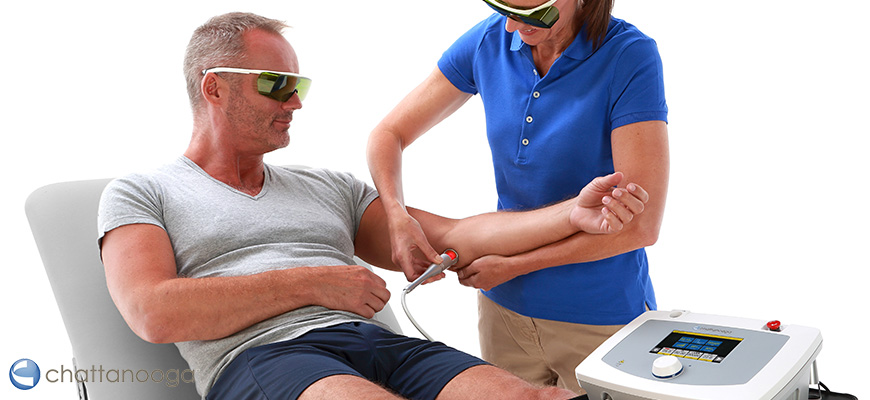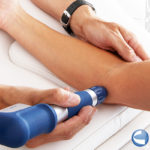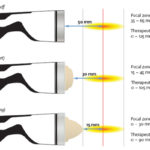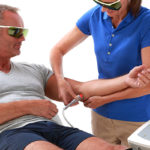Hamstring injuries occur frequently during sport and are a common re-injury.
Hamstring injury mostly develops from an imbalance between the workload of the quadriceps and the hamstring muscles. The quadriceps are responsible for the extension of the leg, and can overstretch the hamstring resulting in additional workload and tension on the hamstring muscles.
Hamstring strains are classified into 3 grades:
• Grade 1 – Mild overstretching with no tear of muscle or tendon fibers
• Grade 2 – Moderate partial tear of the muscle with immediate pain
• Grade 3 – Severe or complete tear of the muscle with sudden, sharp pain
Risk factors for hamstring injury:
• Previous acute hamstring injury
• Muscle fatigue
• Lack of proper warm up
• Poor lumbar posture
• Poor Core stability
With the Chattanooga Wireless Professional we can reduce the chance of re-injury using our recommended programs. NMES provides an artificial way of reproducing an action potential, brings stronger muscle contractions during rehabilitation and helps to increase blood flow to the area. The Wireless Pro also
The Wireless Pro provides a great adjunct to traditional exercise therapy and offers personalized stimulation adapted to each patient’s physiology to increase muscle strength and healing.
Incorporate the Chattanooga Wireless Pro into Hamstring Rehabilitation
Use the Muscle Lesion Program around Day 10 post-injury to gradually increase tension on the muscle without exacerbating the patients pain and symptoms.
Stage 1.
Place the electrodes over the patients hamstring in a relaxed state. Illicit a gentle muscle contraction to begin increase blood flow to the area and have the muscle firing.
Stage 2.
Apply resistance to the leg to perform an isometric contraction during the active phase. Allow the patient to rest during the relaxation phase. Have the patient perform about 10 repetitions.
Stage 3.
Have the patient bring his pelvis upwards while lying on his back to progress to a more functional activity. Hold the contraction for the duration of the active cycle for about 10 repetitions.
Stage 4.
Progress to a single foot bridge dependent on response and recovery of patient.
